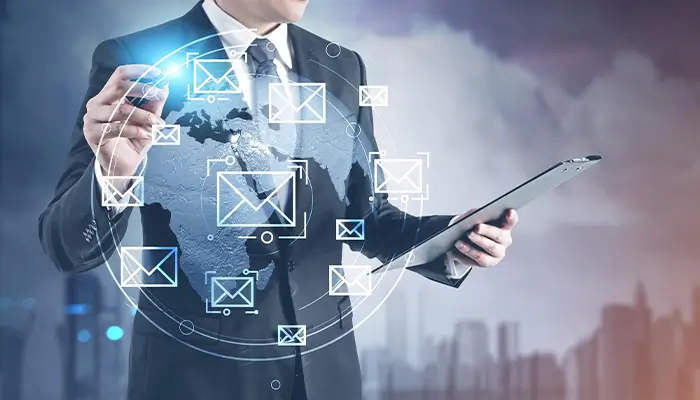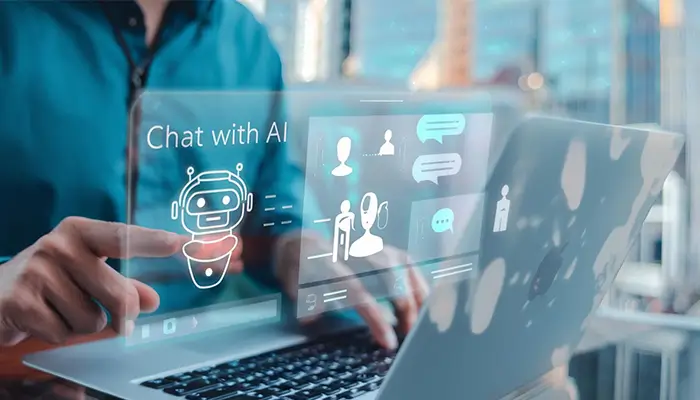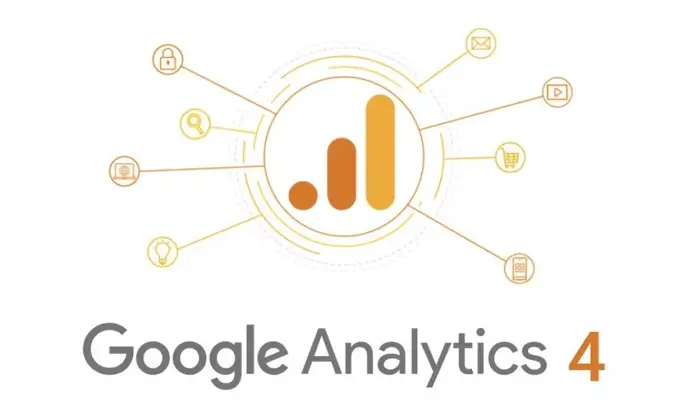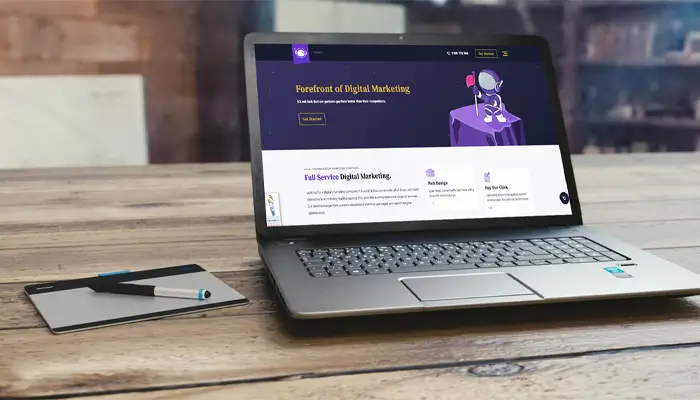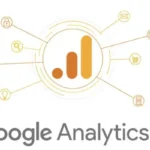
How to Track and Improve Website Performance Using GA4 in 2025
September 26, 2025
How to Integrate AI Chatbots into Your Website for Better Customer Support
September 30, 2025Email remains one of the most powerful marketing tools in 2025. Despite the rise of social media and AI chatbots, email still delivers an average ROI of $36 for every $1 spent (Litmus, 2025). The key isn’t just sending emails it’s building a structured funnel that guides subscribers from awareness to conversion.
Here’s a step-by-step guide to creating an email marketing funnel that actually works.
-
Define Your Funnel Stages
A successful email funnel mirrors the buyer’s journey. The three main stages are:
- Top of Funnel (Awareness): Educating potential customers.
- Middle of Funnel (Consideration): Nurturing leads with solutions and trust-building.
- Bottom of Funnel (Conversion): Driving purchases, sign-ups or consultations.
Pro Tip: Map each stage with clear goals and the type of content you’ll send.
-
Build Your Email List the Right Way
Your funnel starts with a strong list of engaged subscribers.
- Use lead magnets (free eBooks, templates, webinars).
- Place sign-up forms strategically on landing pages and blogs.
- Collect emails ethically (GDPR/CCPA compliant).
Tools like Mailchimp, ActiveCampaign or ConvertKit make list-building simple.
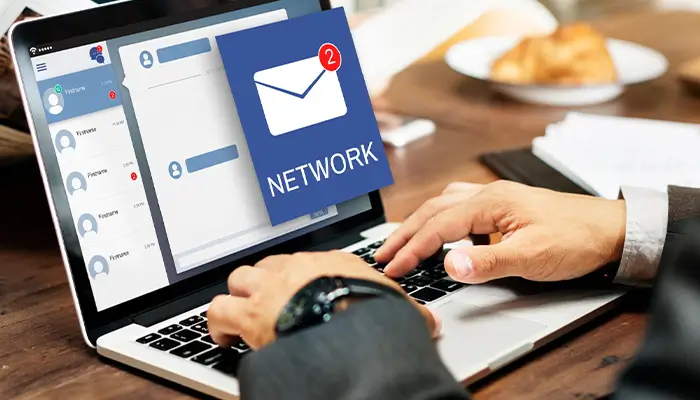
-
Segment Your Audience
Not all subscribers are the same. Segmenting ensures you deliver the right message to the right people.
- Segment by demographics (age, location).
- Segment by behavior (opens, clicks, purchases).
- Segment by interests (what content they engage with most).
This personalization increases open rates and conversions.
-
Automate Your Email Sequences
In 2025, automation is essential. Platforms like HubSpot, Mailchimp and ActiveCampaign allow you to:
- Send welcome sequences to new subscribers.
- Nurture leads with drip campaigns.
- Trigger emails based on behavior (e.g., abandoned cart reminders).
Example: A creative agency can send a case study after a lead downloads a free design guide.
-
Create Compelling Content for Each Stage
- Awareness: Blog roundups, tips, industry insights.
- Consideration: Case studies, testimonials, comparison guides.
- Conversion: Limited-time offers, free trials, discounts.
Every email should provide value first, then drive action.
-
Track, Test and Improve
Data is the backbone of an effective funnel. Monitor metrics like:
- Open Rates: Are subject lines effective?
- Click-Through Rates (CTR): Are CTAs compelling?
- Conversion Rates: Are subscribers taking the final action?
Use A/B testing for subject lines, send times and CTAs to refine performance.
Conclusion
An email marketing funnel isn’t just about sending messages — it’s about guiding leads step by step toward becoming loyal customers. By segmenting your list, automating sequences, creating tailored content and continuously optimizing, you can build a funnel that works consistently in 2025.
Email marketing may be one of the oldest digital strategies, but when done right, it’s still one of the most profitable.
If you have any questions regarding “Email Marketing” feel free to contact us. For inquiries and consultations, call us at: +92 321 4808303 or Email us at: hello@owaisgilani.com.
Disclaimer: The information shared on this website is for educational and informational purposes only and reflects my personal views and experiences. While I strive to provide accurate and helpful content, readers should use their own judgment and consult with a qualified professional before making any decisions based on the information here. I am not responsible for any actions taken based on this content. Feel free to reach out to me if you need clarification or have questions before using any part of this information.
